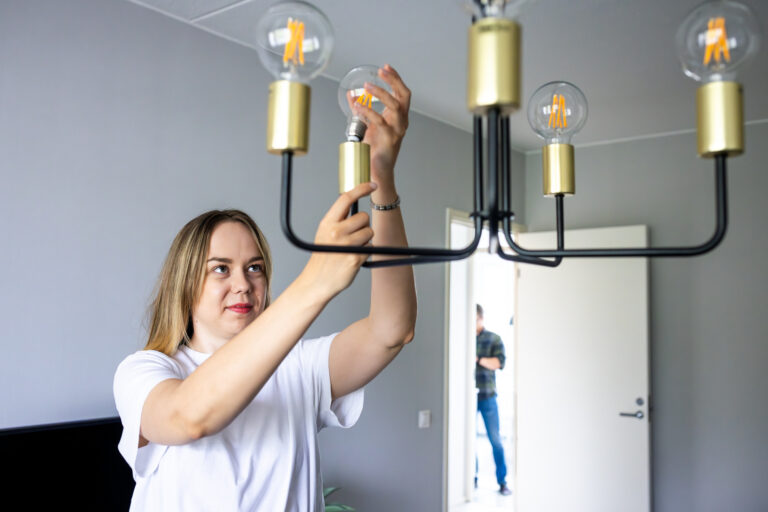Planning an energy renovation? Find savings with right solutions!
Renovation examples of apartment and town houses from Lahti are in free use for everyone. Investment calculations are also included. Explore and get inspired!
-
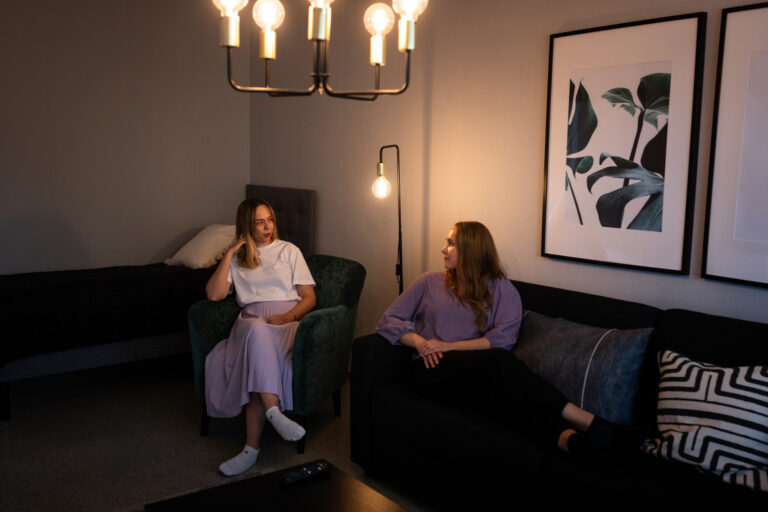
Recent research information and inspiring implementation tips
Seven properties. Seven different ways to carry out an energy renovation in an old property. A number of repair measures in rental apartment and town house properties were carried out in Lahti. Now the cases work as suitable examples for other properties whose energy efficiency need to be improved. The initial situation, the effects of the renovations and the calculated payback periods are available for each case study. The results are shown on this website.
Small and agile actions
Budgeting for an energy renovation can seem like a heavier decision than it actually is. Some of the measures that improve energy efficiency are easy and inexpensive to implement. In the joint project of the city of Lahti and rental housing company Lahden Talot, it was noticed that the renovation costs could pay for themselves in just a few years, when heat and electricity consumption could be reduced.
You can familiarize yourself with these small but effective measures below.
-

Air-water heat pump
Thermal energy stored in the ground and air from the sun can be utilized using heat pumps. Waste heat recovered from exhaust air and waste water can also be used to heat living spaces and domestic water.
-
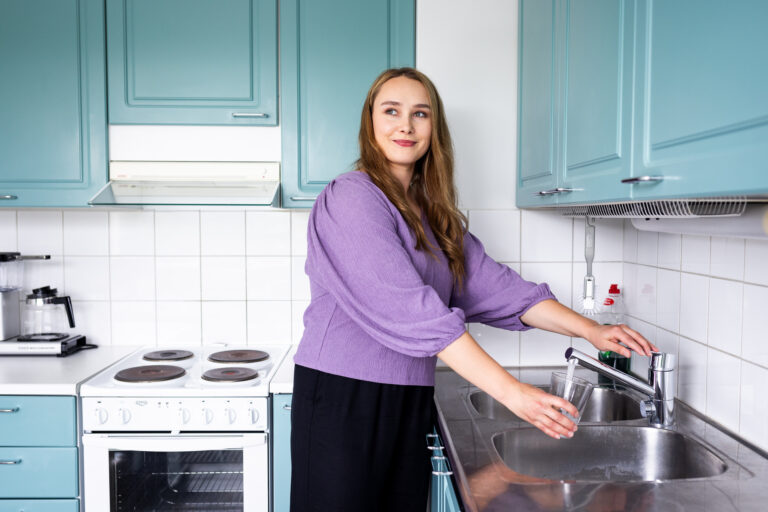
Water saving solutions
New water fixtures, such as faucets and toilet seats, or maintenance of old ones in the kitchen and bathroom can significantly reduce water consumption in a residential building.
-
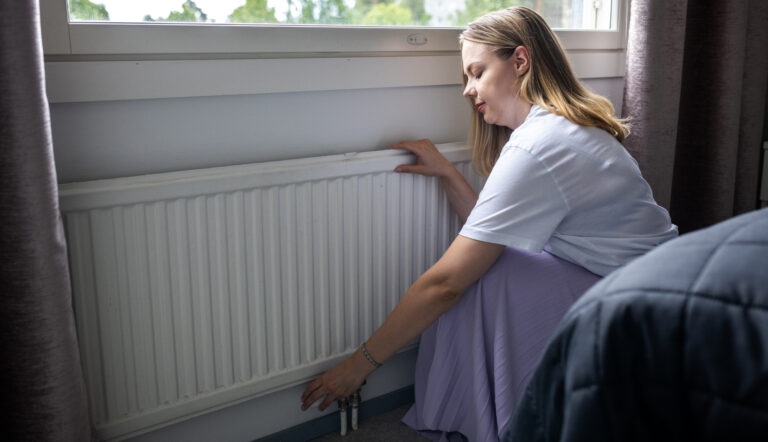
Intelligent heating control
Real-time monitoring of living conditions with the heating control system helps to balance the heat indoors to the optimum level. You shouldn’t overheat an empty home.
Solutions that bring savings in the long term
In the joint project of the city of Lahti and Lahti Talot, also larger renovation measures that provide significant benefits in the longer term were studied.
-
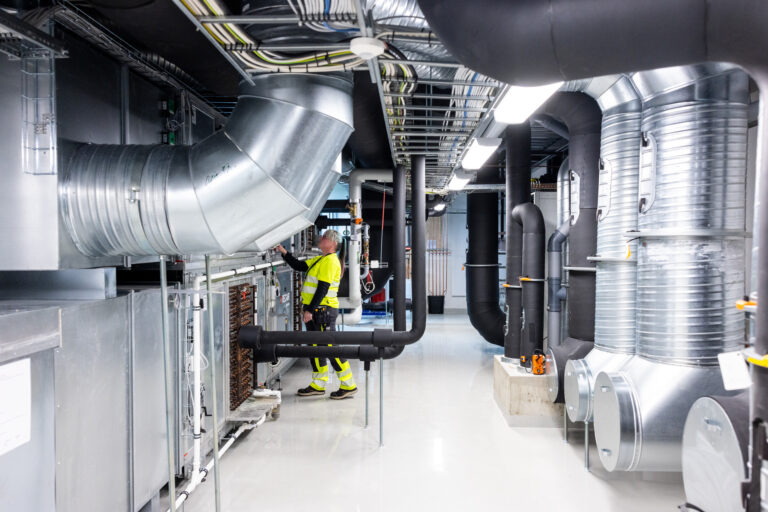
Exhaust fan
The energy efficiency of mechanical exhaust ventilation improves when old exhaust fans are replaced with new energy-efficient devices. The controllability of the exhaust fans should also be improved.
-
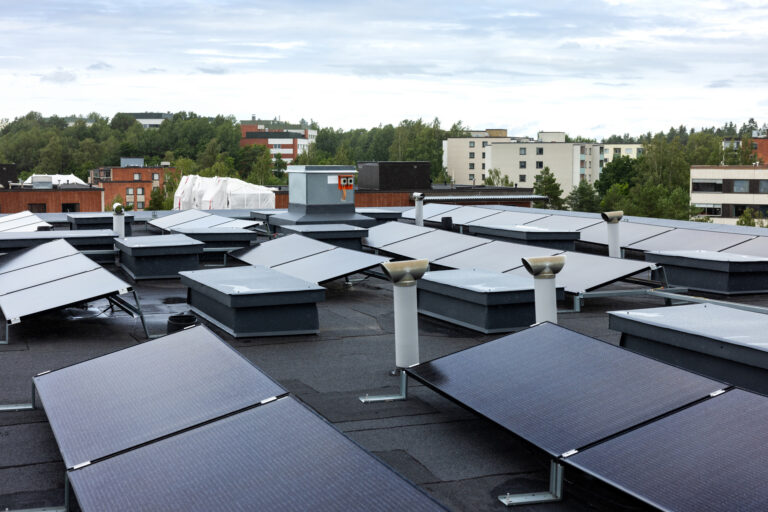
Solar panels
The installation of solar panels must be planned considering many different factors: for example shading, installation technology, roof materials, orientations and the property’s electricity demand essentially affect the optimal installation on the building roof.
-
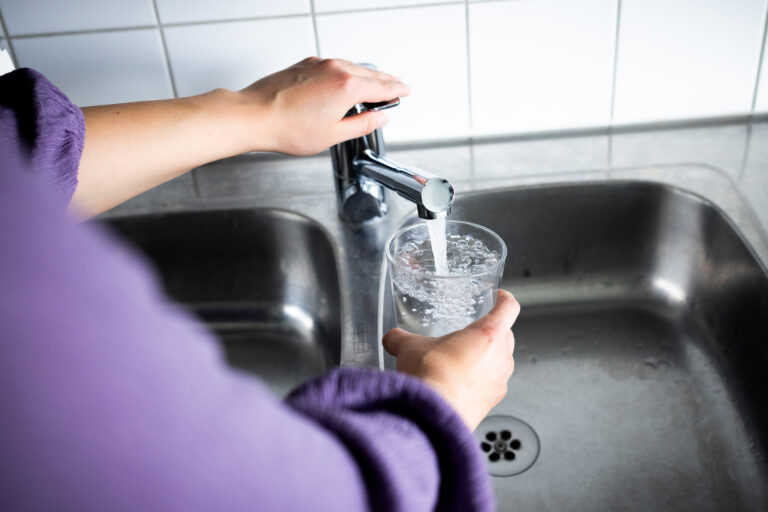
Wastewater heat recovery
When the waste water flows through the heat recovery system, the contained heat is transferred back to use in the property. In this way, energy can be recovered from the heated service water, which would otherwise end up in the sewage system along with waste water.
-
7
renovation sites
-
414
residential apartments
-
42 000
euros of savings per year
-
492 000
kWh lower energy consumption per year
-
107
tons less emissions per year
-
25
saving corresponding the electricity consumption of single-family houses (electric heating, 4 people, 120 m2)
